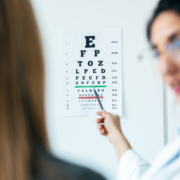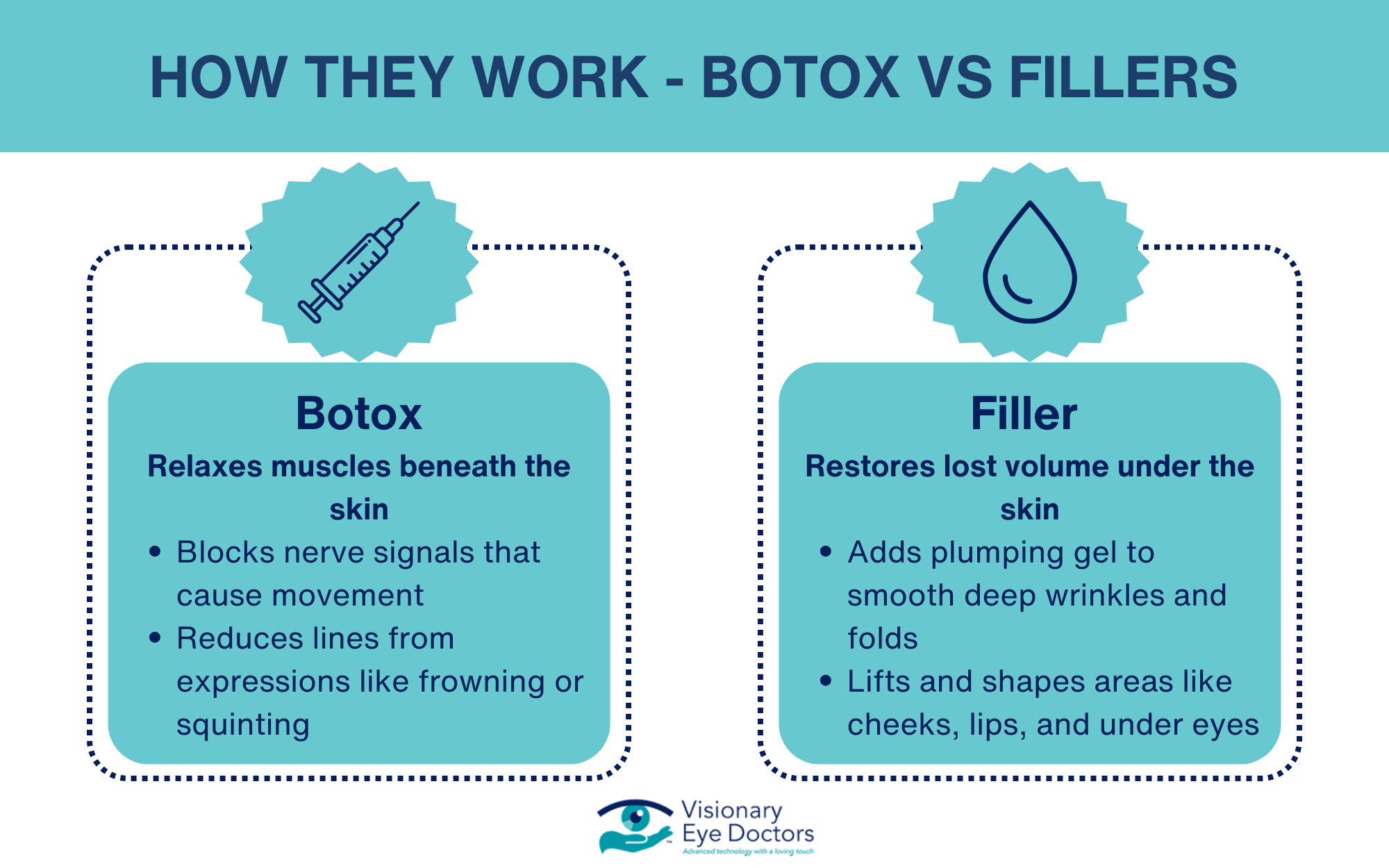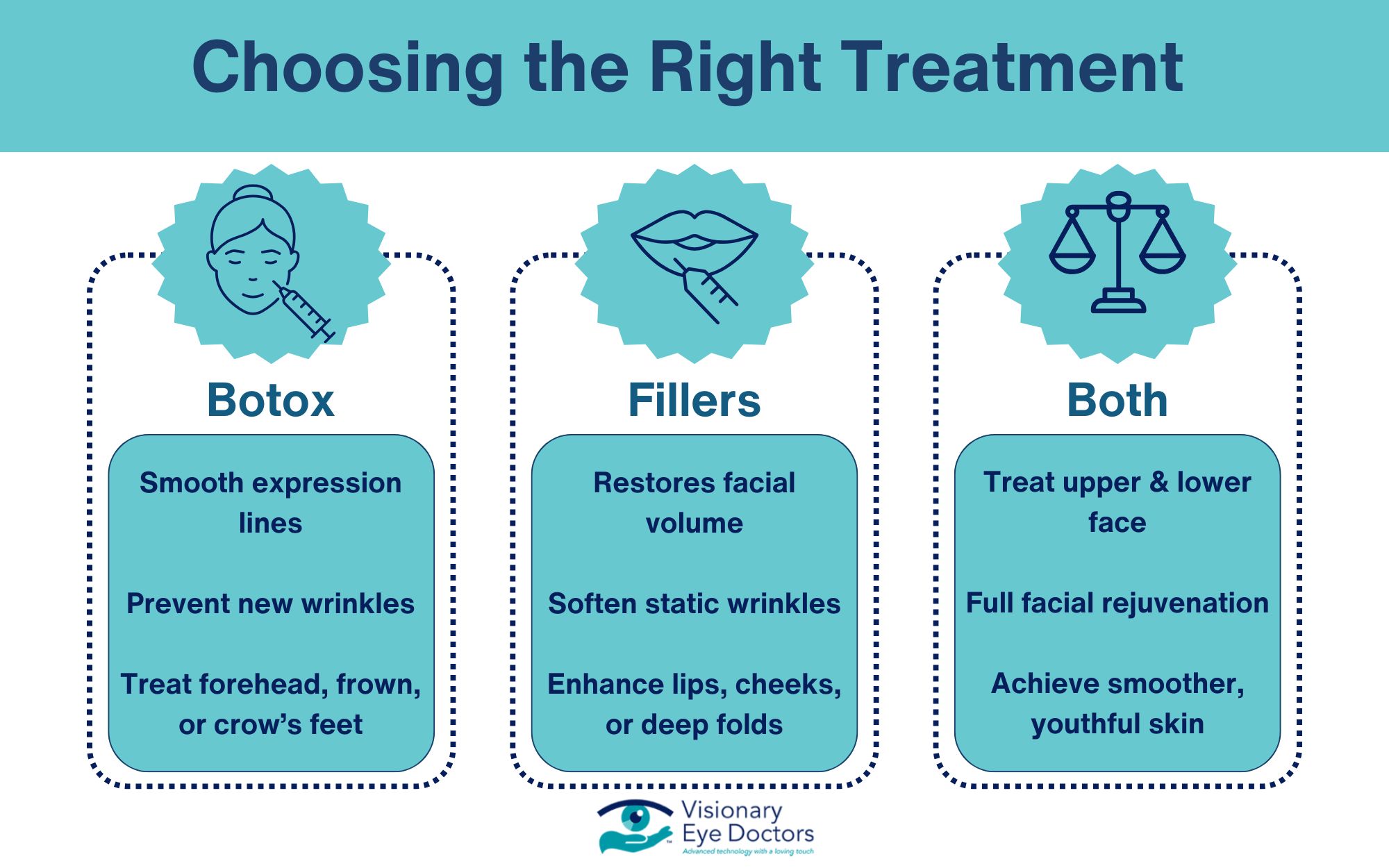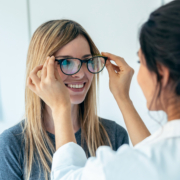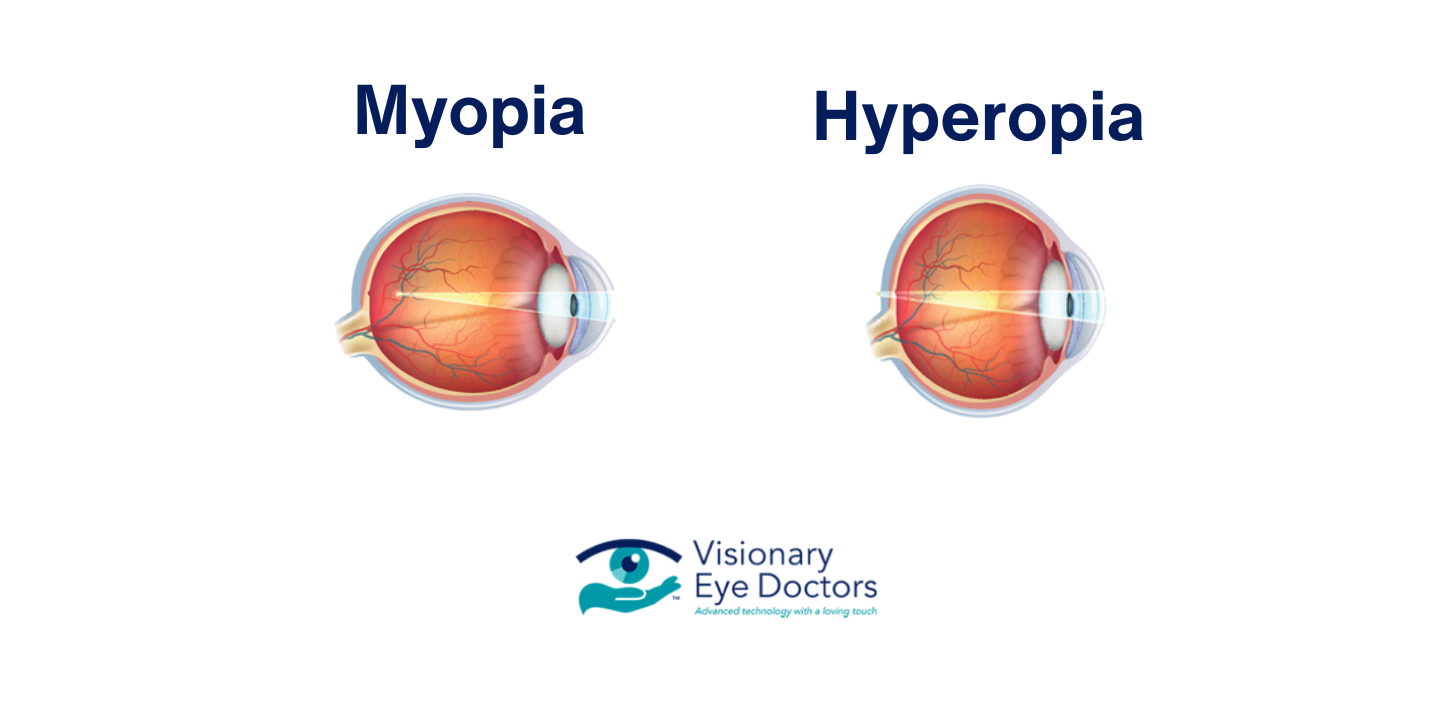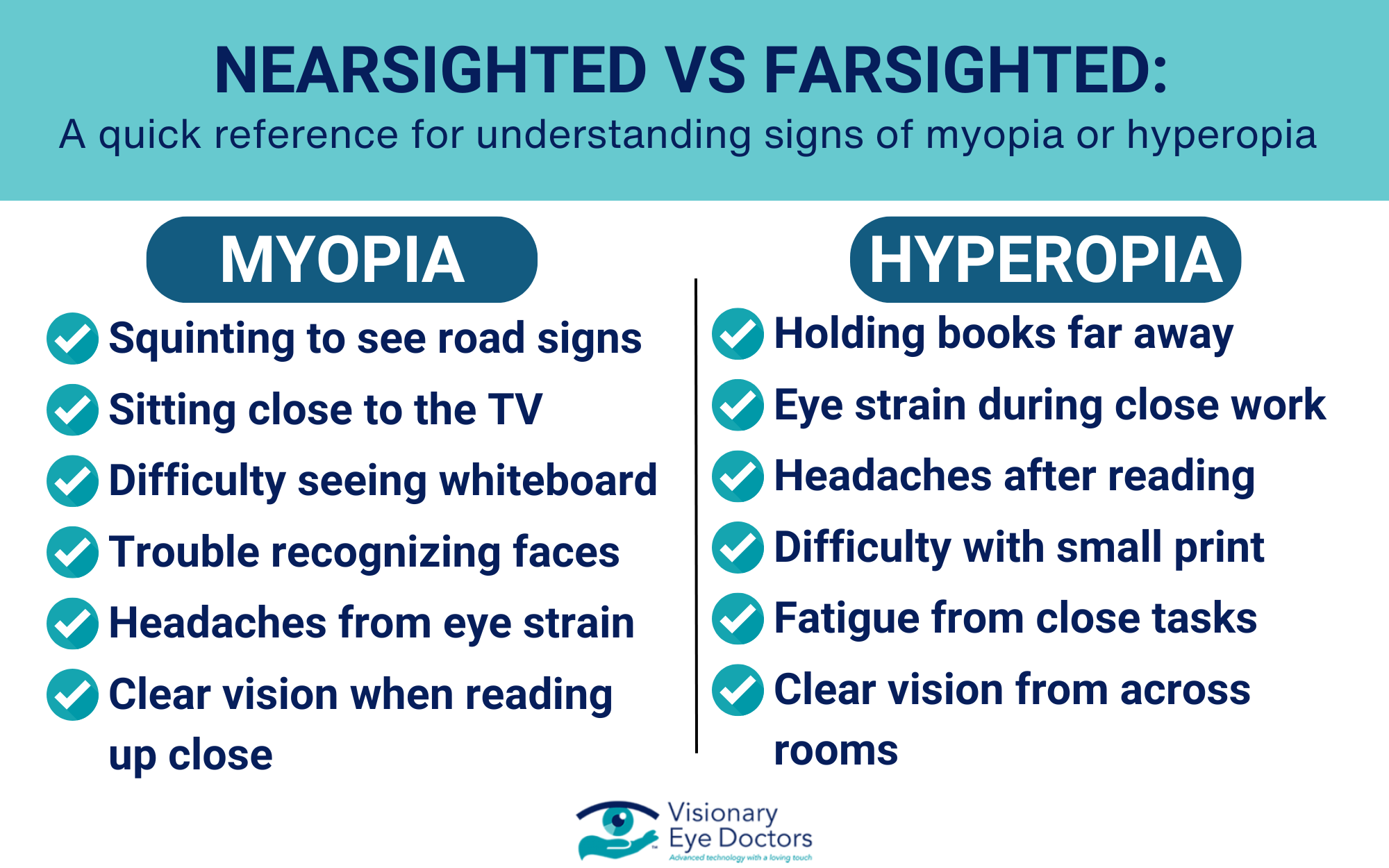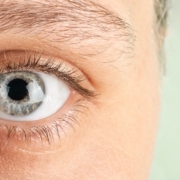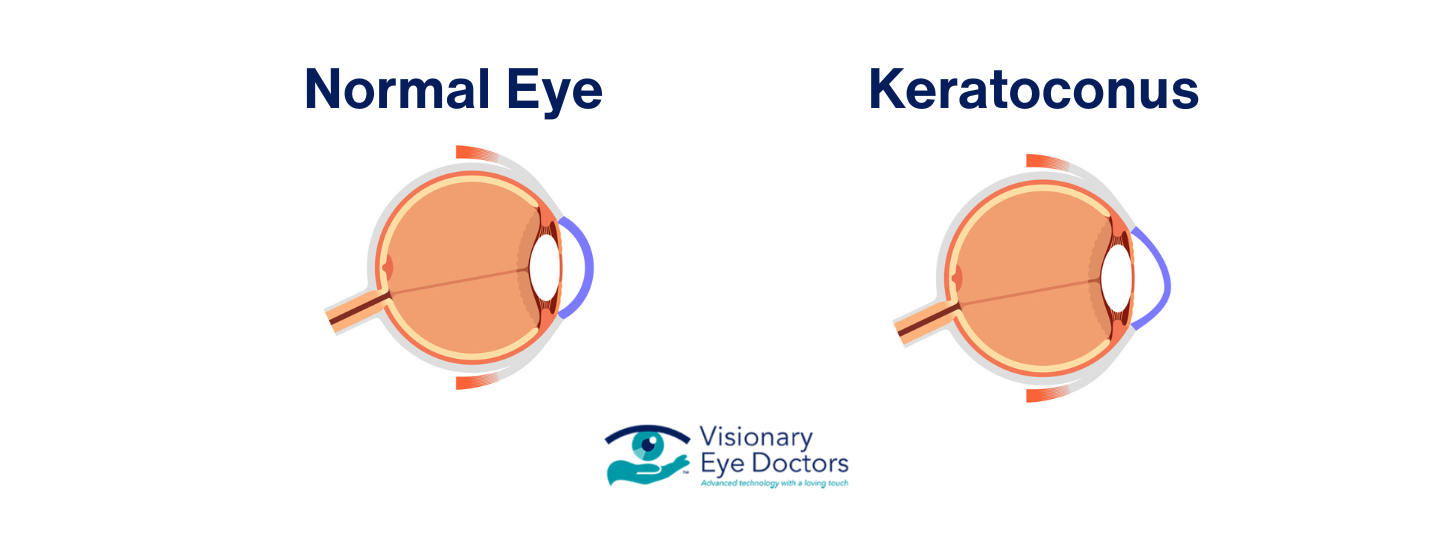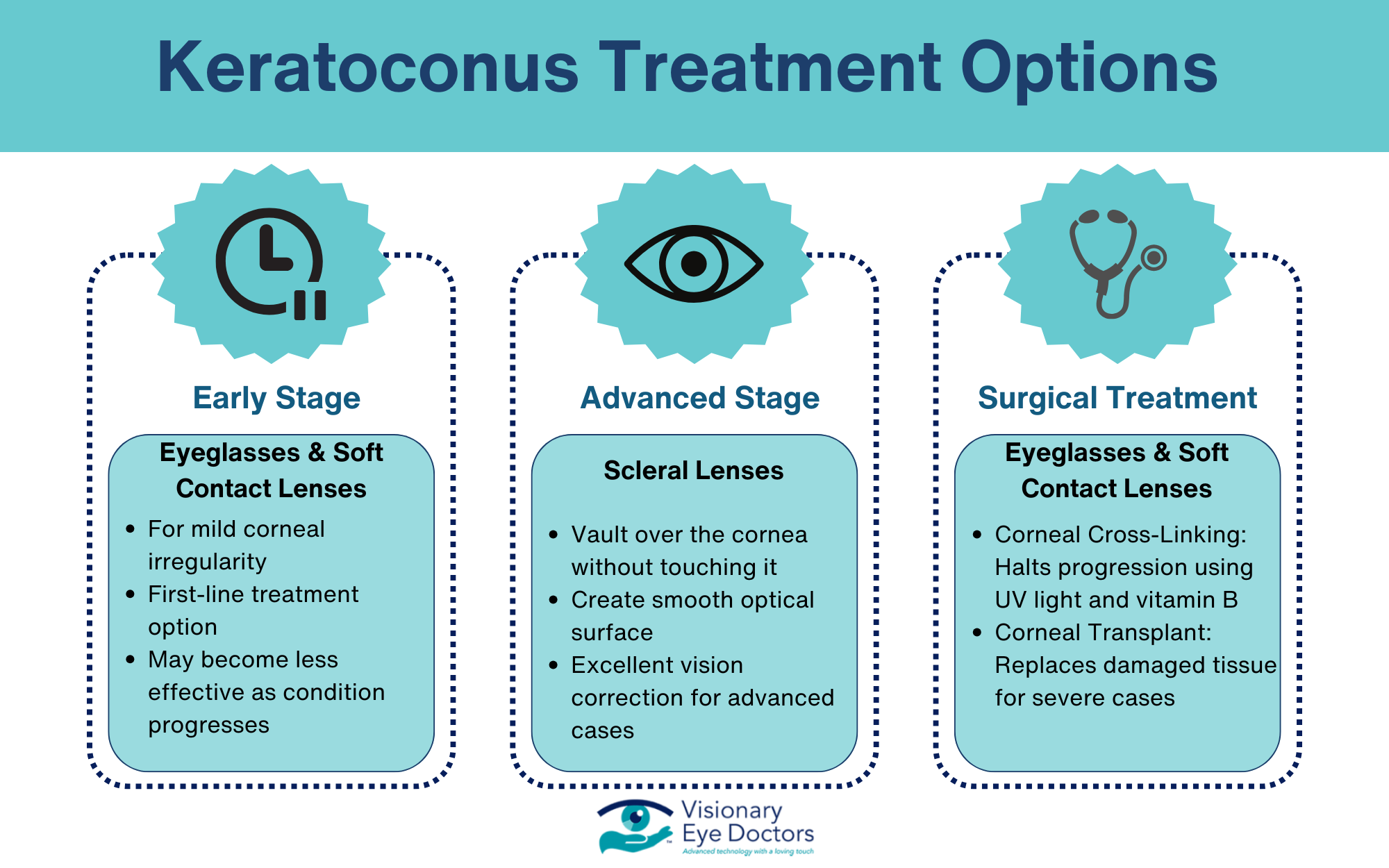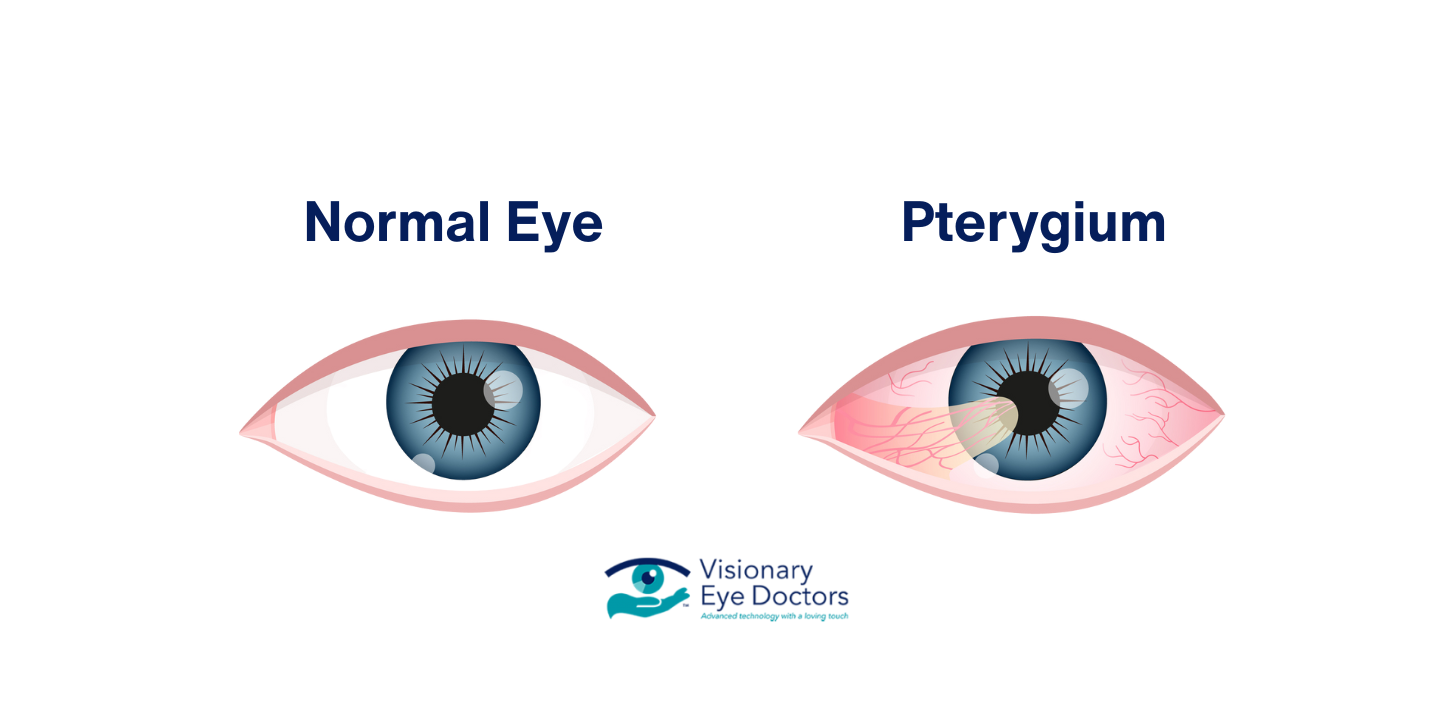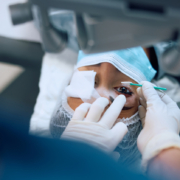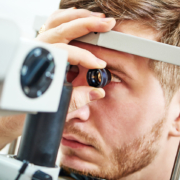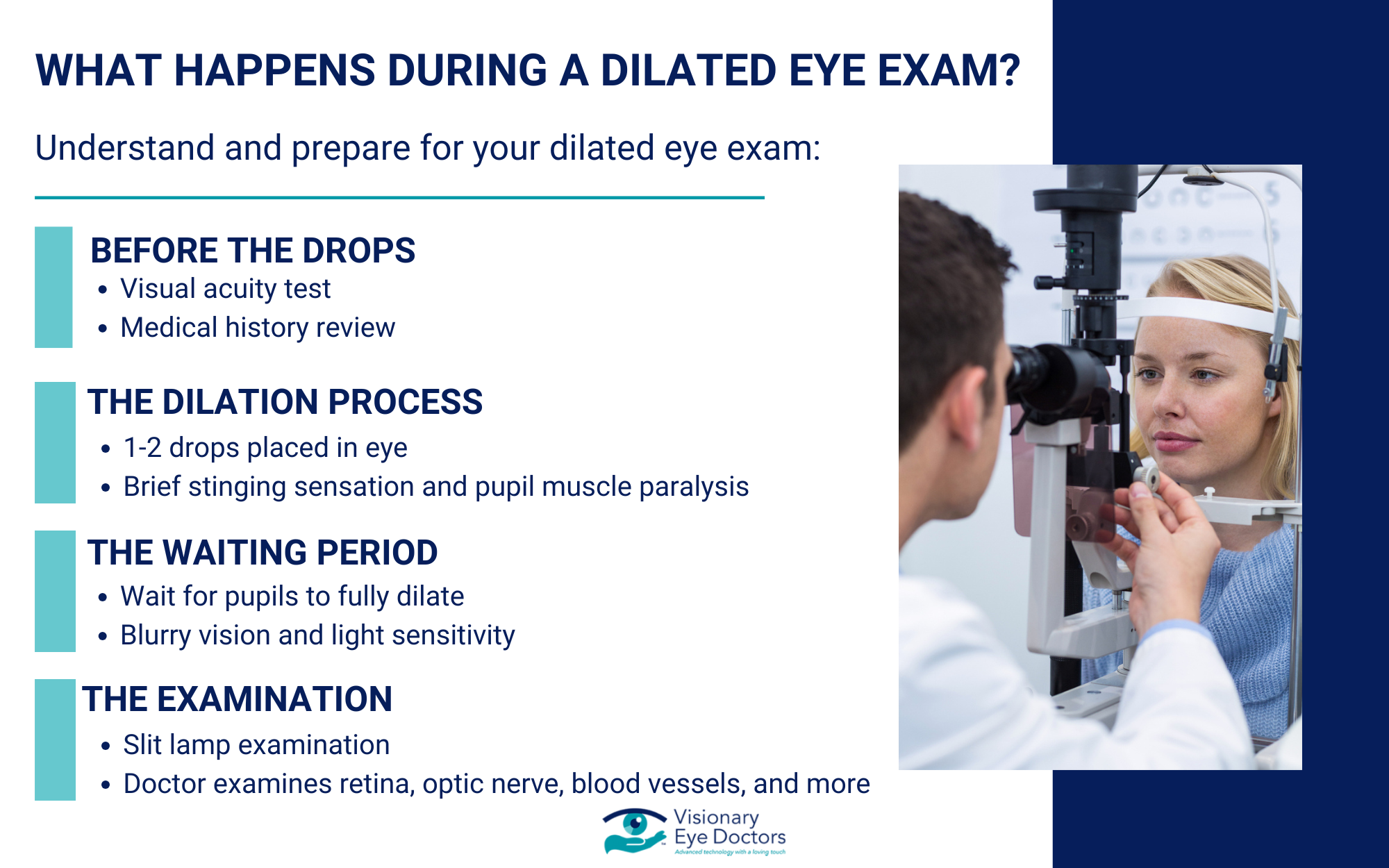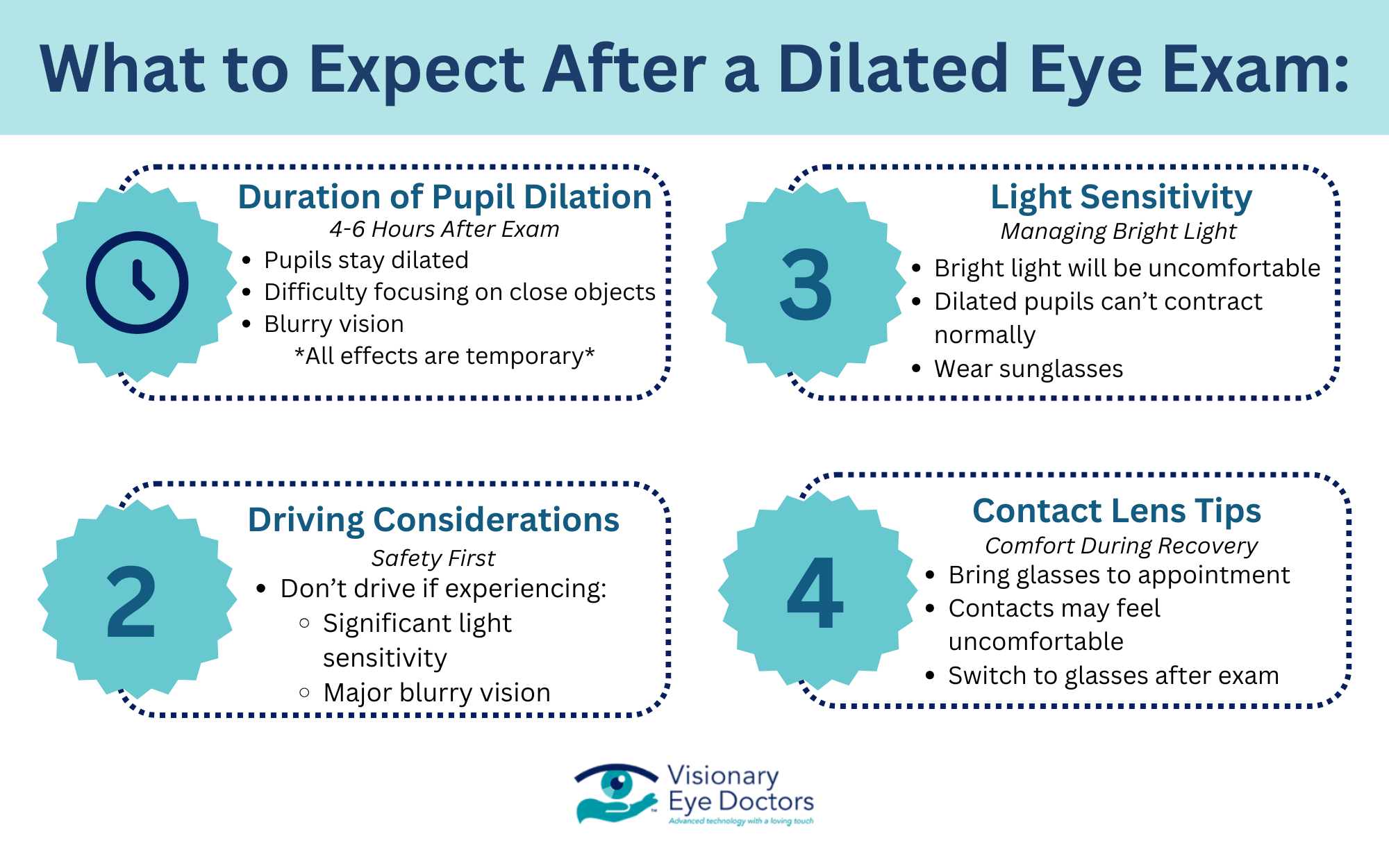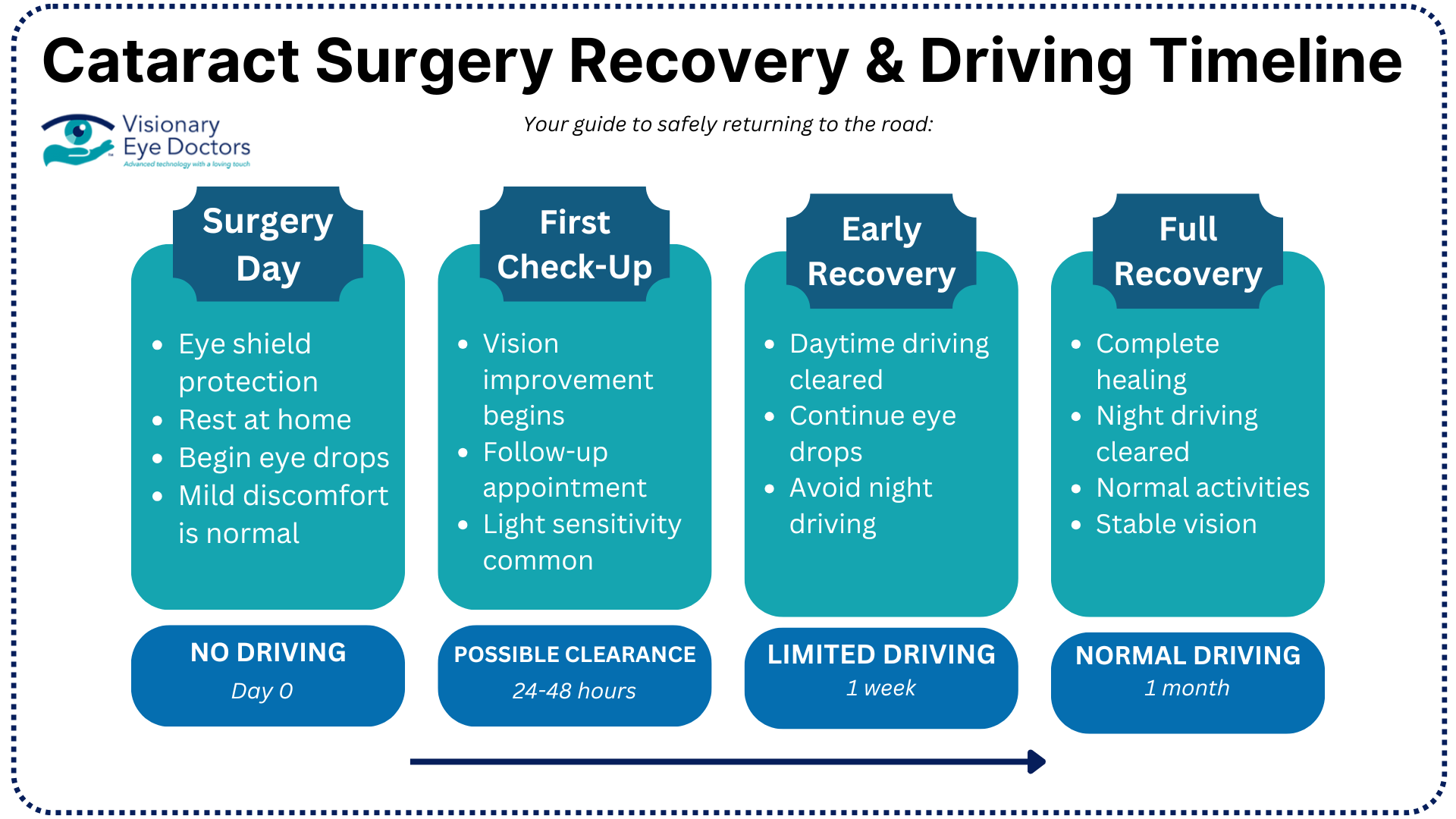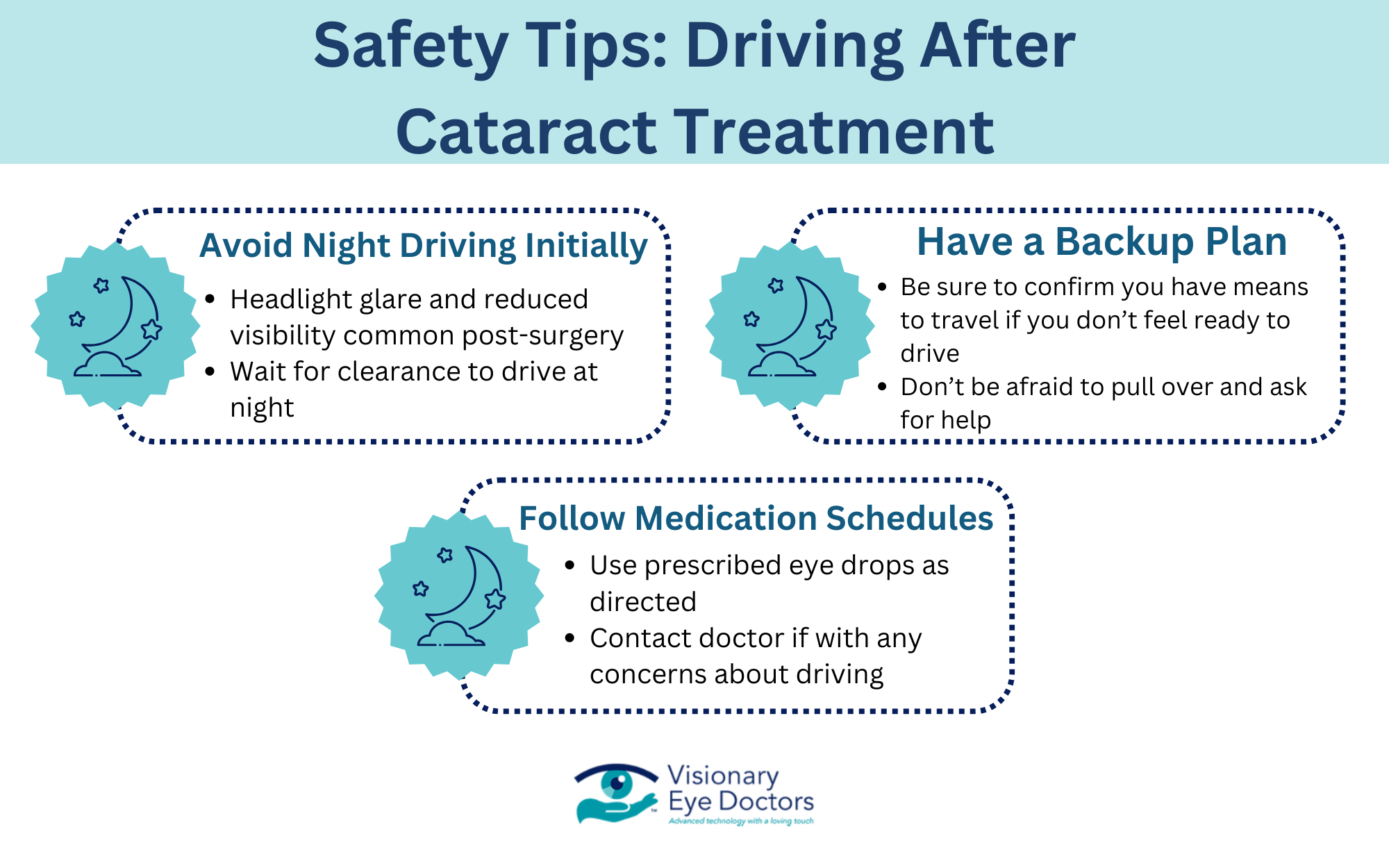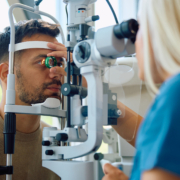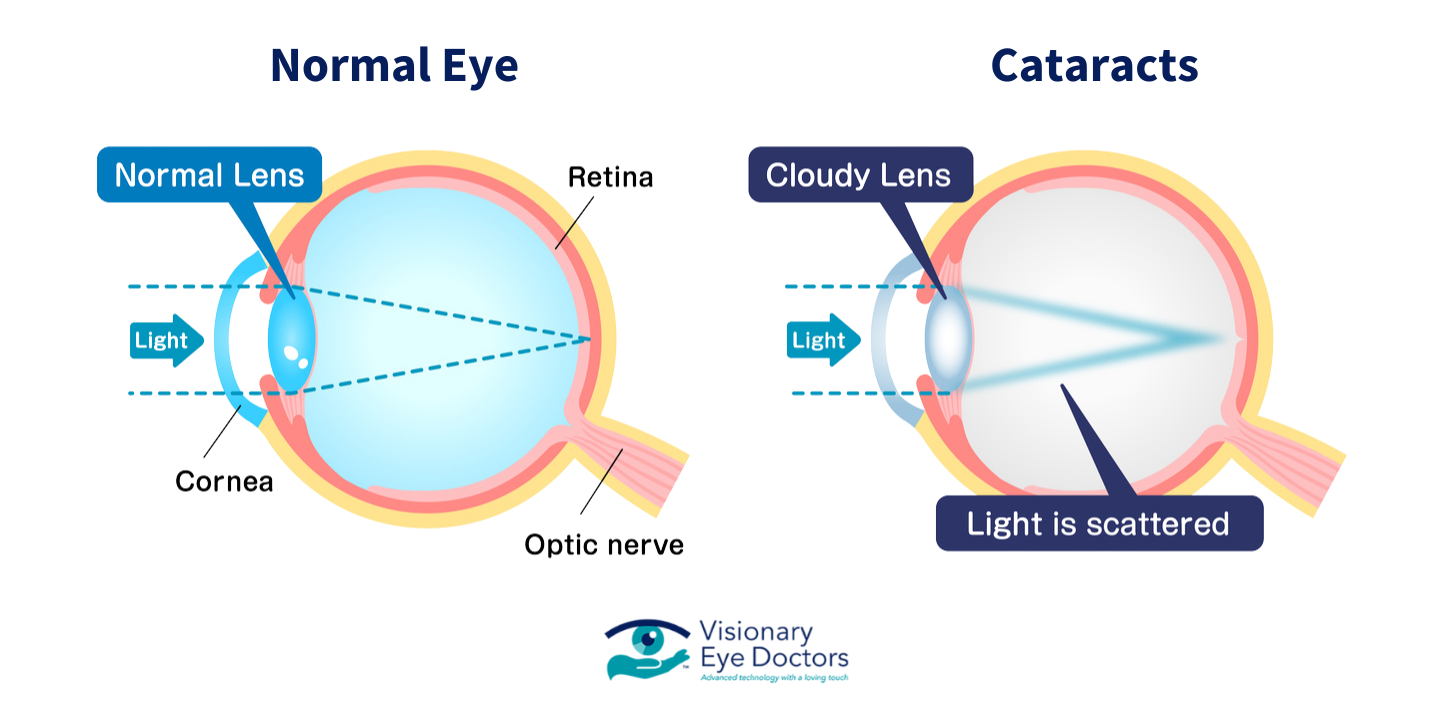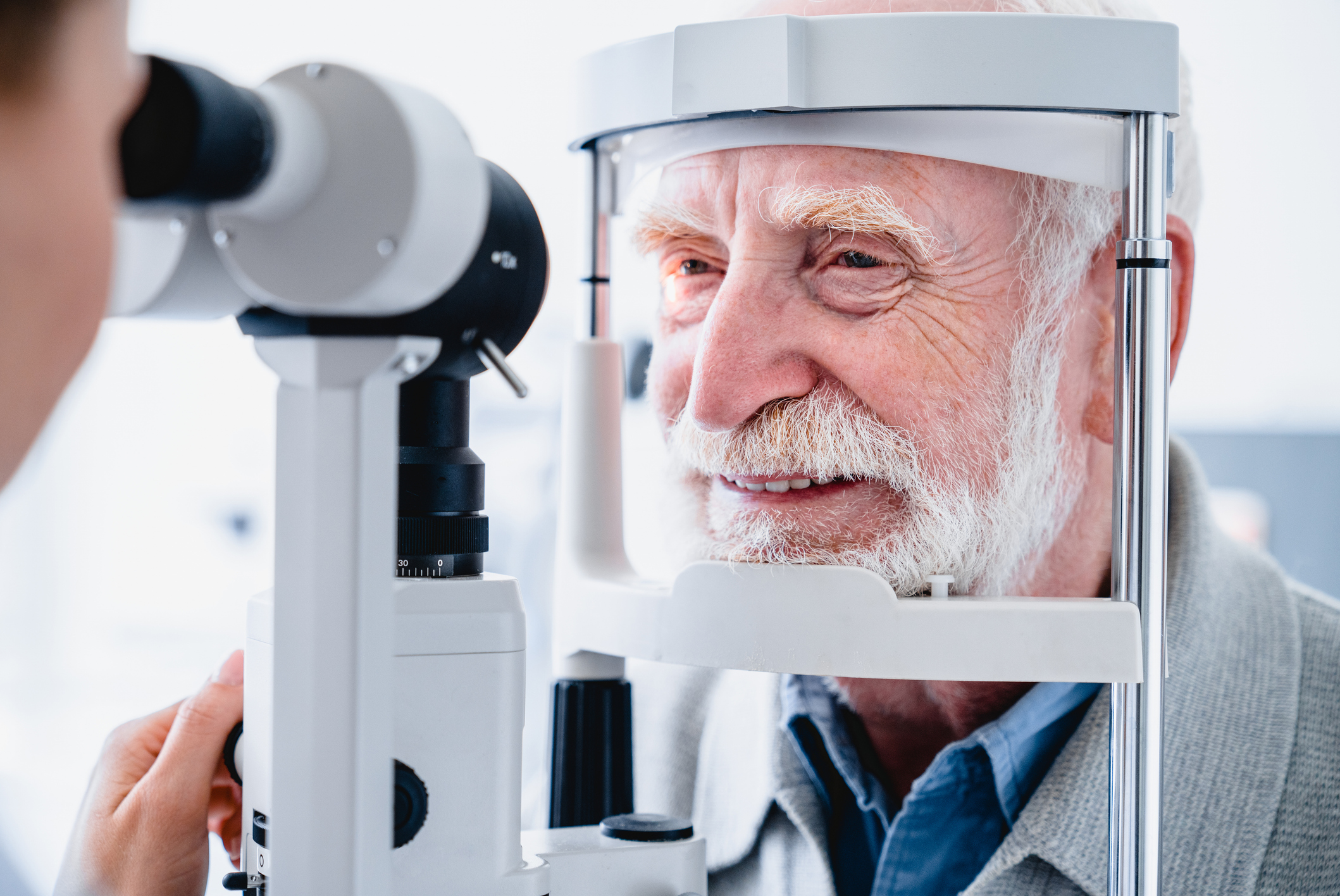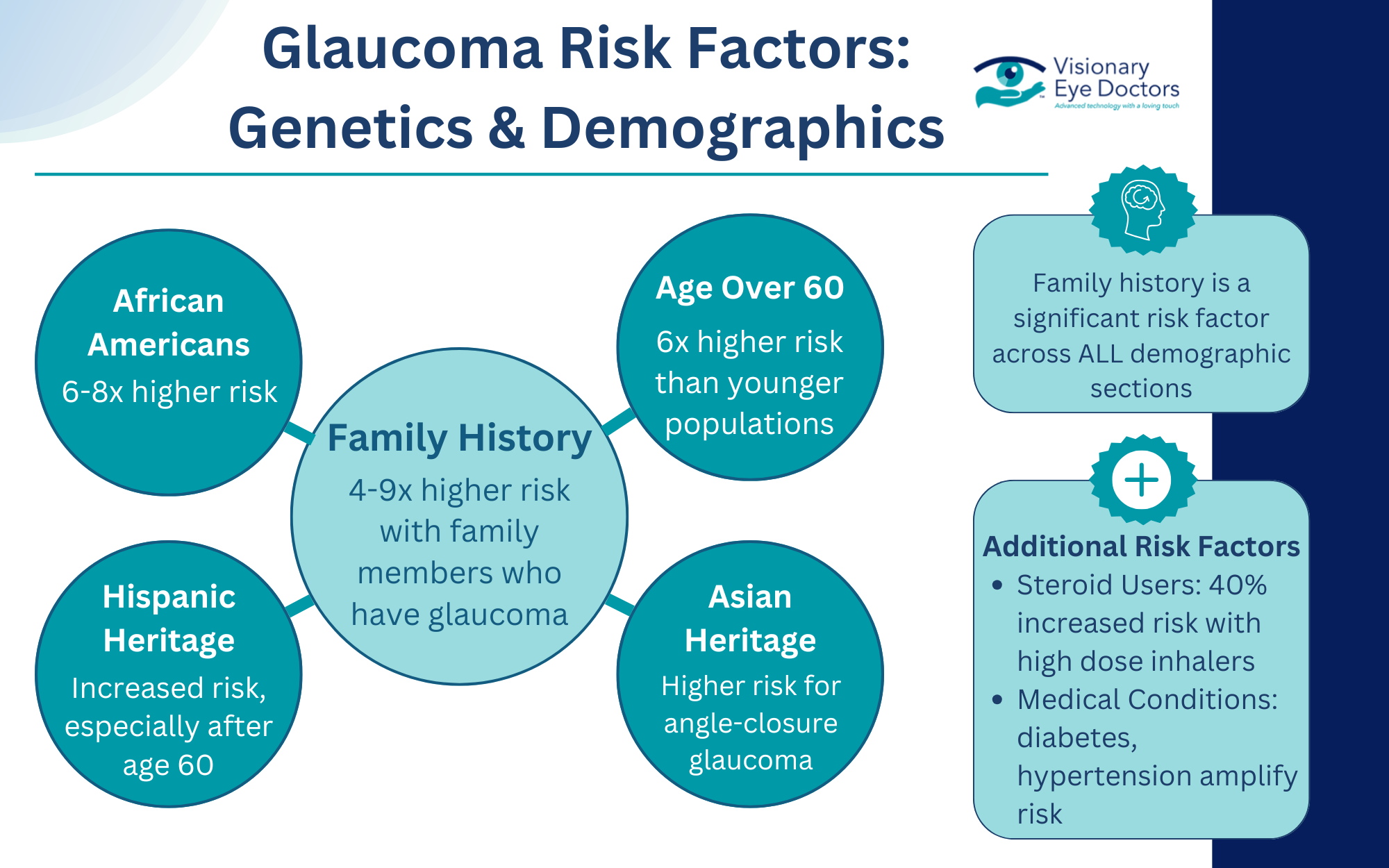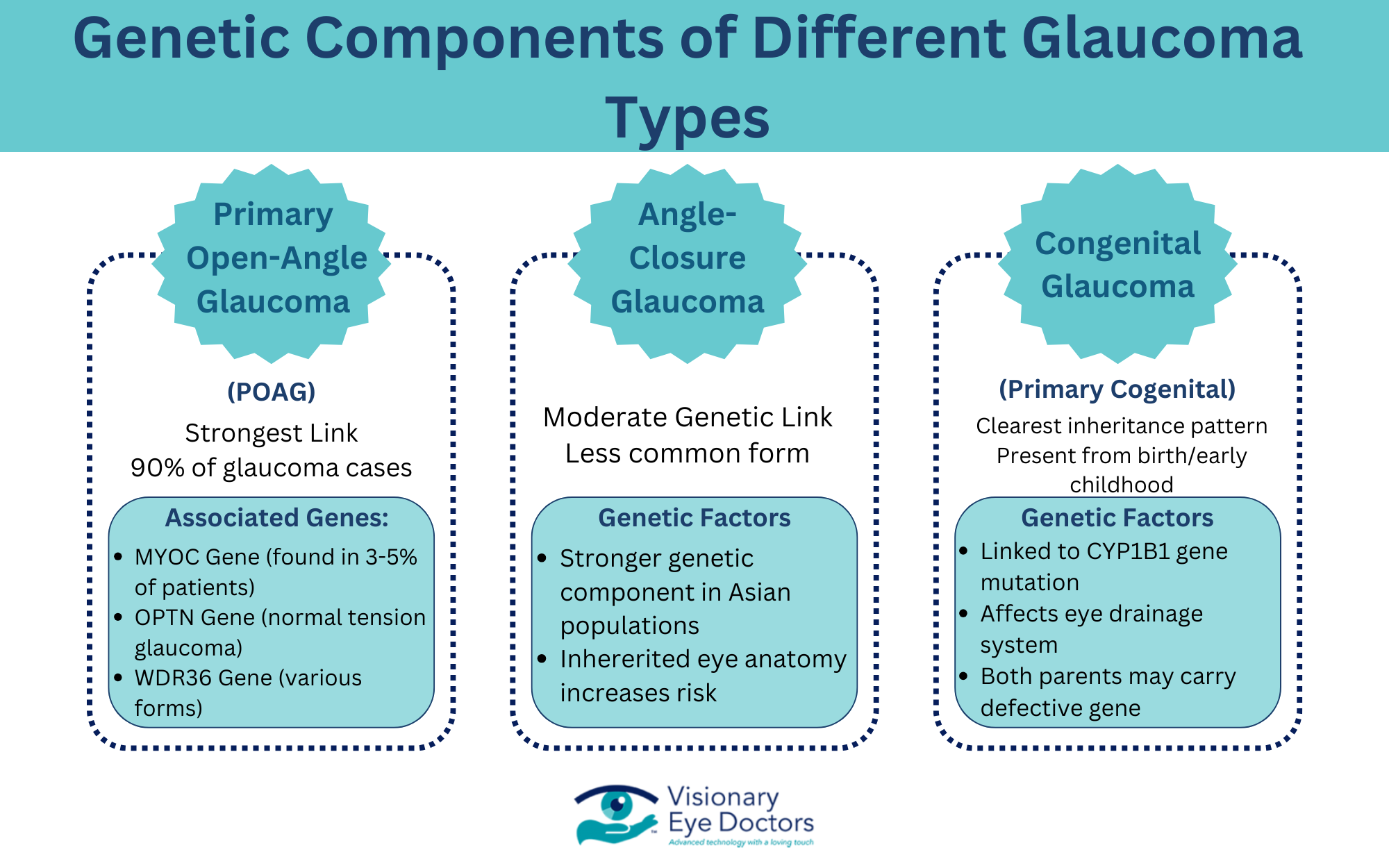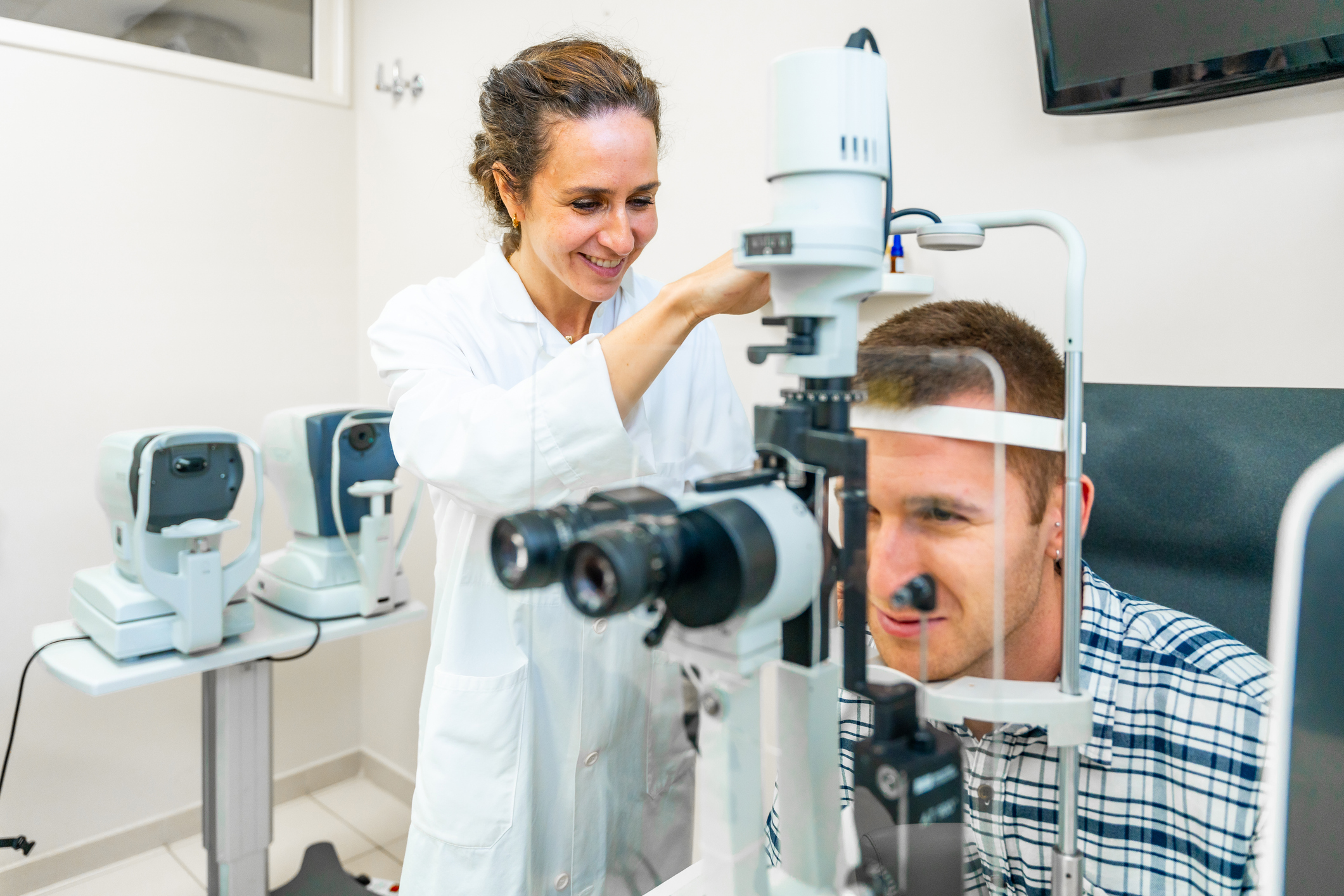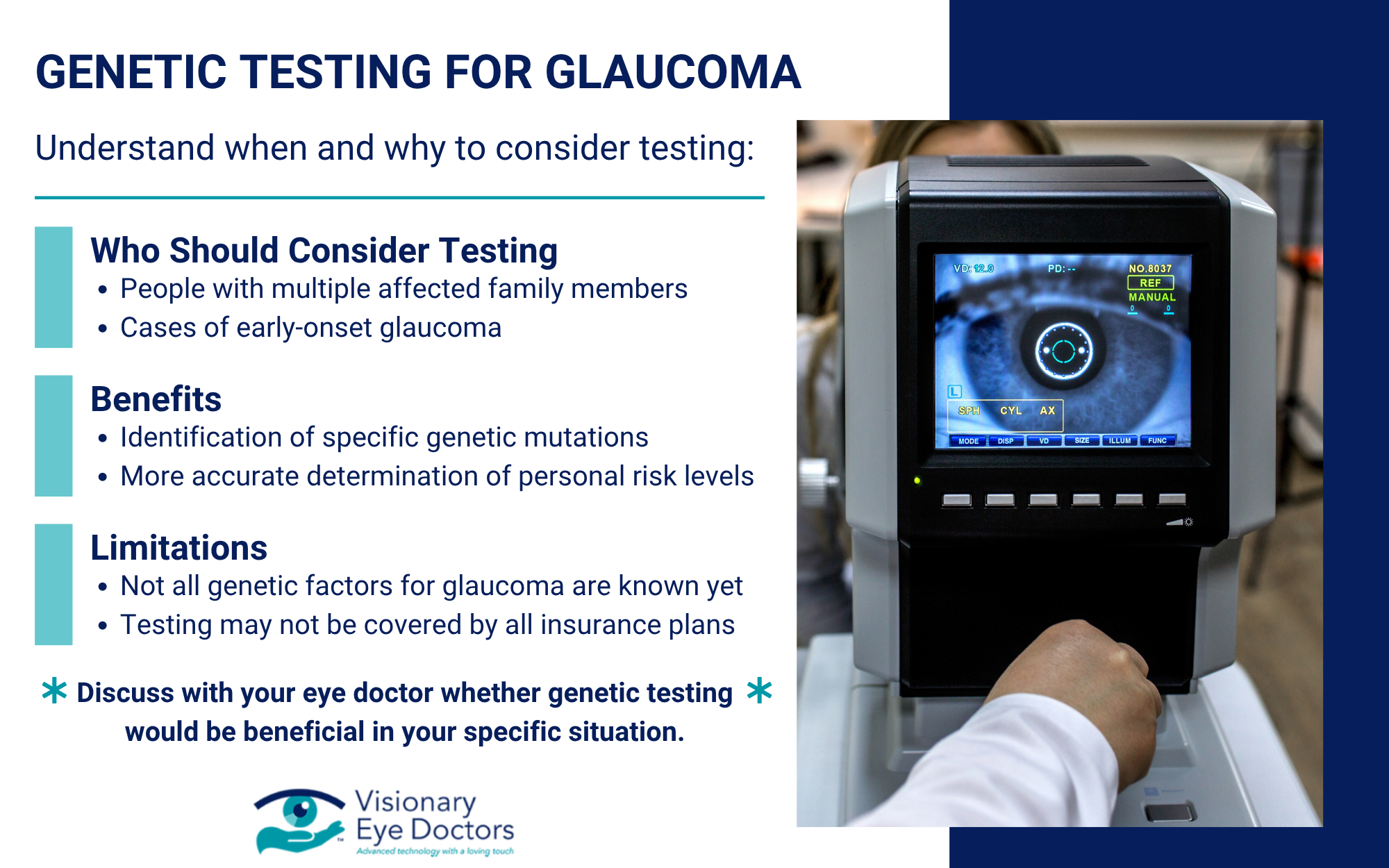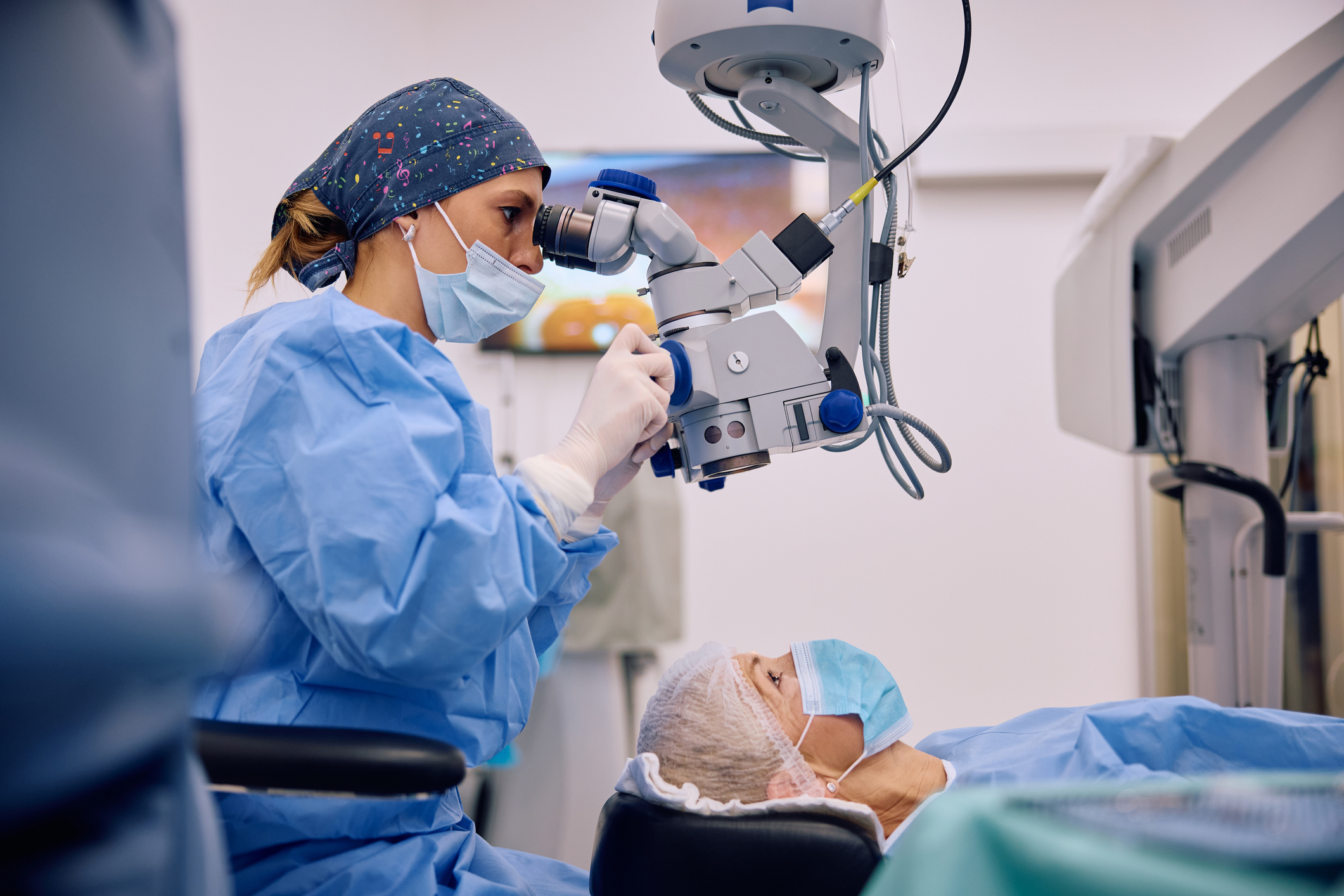Can Astigmatism Be Corrected?
The short answer: Yes, astigmatism can be corrected with glasses, contact lenses, or surgery. Many effective treatments are available to help you achieve clear vision, whether you have mild or severe astigmatism.
Astigmatism is a common refractive error that happens when your cornea or lens has an irregular shape. Whether you have mild astigmatism or more severe astigmatism, understanding your options for vision correction is the first step toward clearer vision.
Astigmatism affects millions of people worldwide. Some people have mild symptoms that barely bother them, while others have severe astigmatism that makes daily activities challenging. Here’s the good news: astigmatism can absolutely be corrected, and today’s treatments work really well.
Understanding Astigmatism: The Basics Made Simple
Astigmatism happens when your eye’s cornea or lens isn’t perfectly curved. Instead of being perfectly round like a basketball, an irregularly shaped cornea is more like a football. This irregular shape stops light from focusing properly on your retina, which causes blurred vision at all distances.
Most people are actually born with some degree of astigmatism – it’s incredibly common. The condition can also develop later in life due to eye injuries, certain eye diseases, or even after eye surgery.
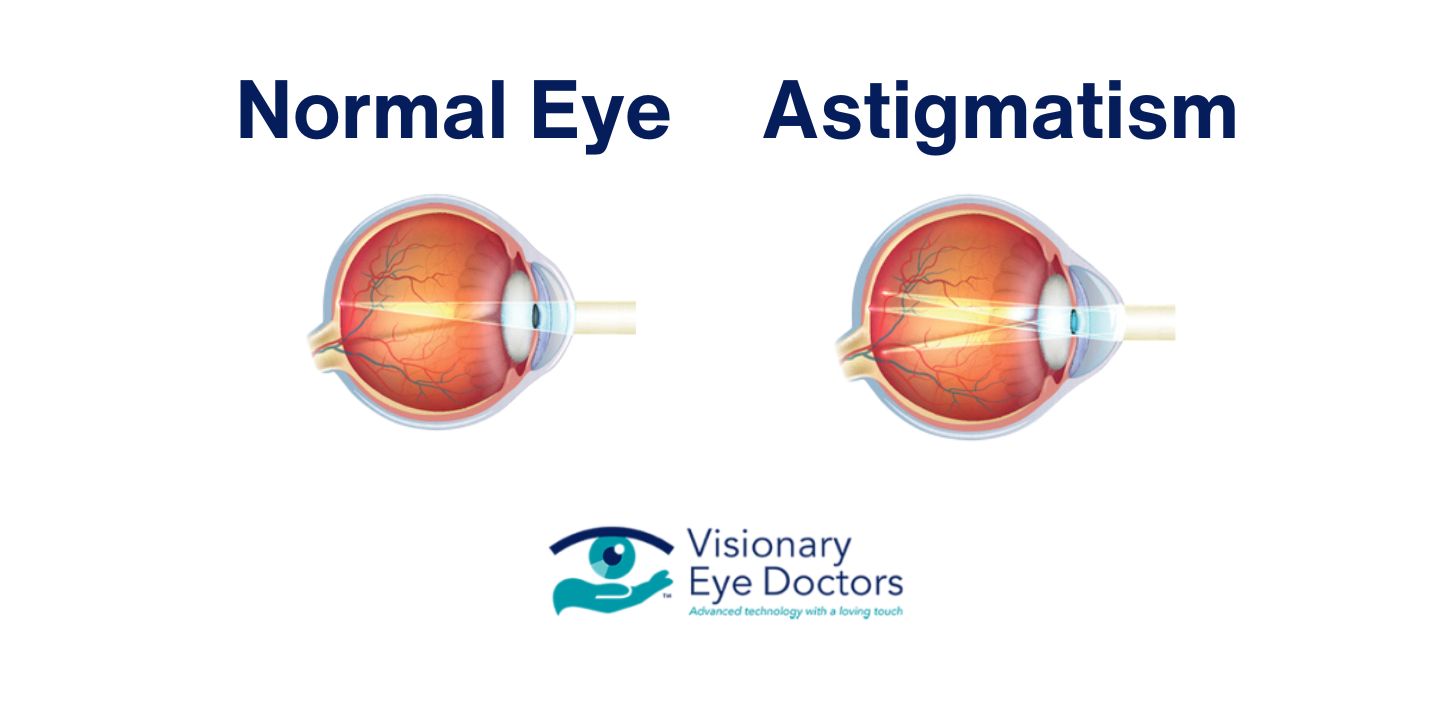
There are two main types you should know about:
- Regular astigmatism: The most common type, where the cornea curves more in one direction than the other
- Irregular astigmatism: Less common and usually happens because of an eye injury or certain eye conditions
Common symptoms of astigmatism include:
- Blurry vision at all distances
- Eye strain and fatigue
- Headaches
- Trouble seeing clearly both up close and far away
- Squinting to try to see better
Unlike other vision problems that only affect distance vision or near vision, astigmatism usually causes blurred vision no matter what you’re looking at. Corneal astigmatism occurs when the cornea has an irregular shape, while lenticular astigmatism happens when the eye’s natural lens is irregularly shaped. Some people also have myopic astigmatism, which combines nearsightedness with astigmatism.
Glasses and Contact Lenses: The Go-To Solutions

Prescription Glasses
Prescription eyeglasses are still the most popular way to correct astigmatism. These glasses use special toric lenses that have different powers in different areas to make up for your eye’s irregular shape. Your eye doctor will figure out exactly what prescription you need during a comprehensive eye exam.
Contact Lenses
Toric contact lenses are specially made corrective lenses for people with astigmatism. Unlike regular contact lenses, toric contact lenses are designed with varying powers across different areas of the lens to correct astigmatism. They also have a special weight distribution that keeps them properly aligned in your eye. Many people prefer contacts because they provide a wider field of vision and won’t fog up in changing weather conditions.
Both prescription lens options work great for most people with astigmatism. Your eye doctor can help you decide whether glasses or contacts work better for your lifestyle and your specific type of astigmatism.
LASIK and Laser Surgery: Permanent Solutions
LASIK Surgery
LASIK surgery (laser in situ keratomileusis) is the most common refractive surgery for astigmatism correction. During LASIK, a surgeon uses a femtosecond laser to create a thin flap in your cornea, then reshapes the tissue underneath to fix the irregular shape that’s causing your vision problems.
PRK Surgery
Photorefractive keratectomy (PRK) is another laser vision correction option. It’s similar to LASIK surgery, but PRK doesn’t require creating a corneal flap, which makes it a good choice for people with thinner corneas.
Most people who get laser surgery see major improvements in their vision. However, some might have residual astigmatism that needs additional treatment or you might still need corrective lenses for the best visual outcome. Good candidates for refractive surgery usually have stable vision, healthy eyes, and realistic expectations about what the surgery can do. Your eye doctor will do thorough testing to see if you’re a good candidate for these procedures.
Other Treatment Options: More Ways to Get Clear Vision
Scleral Lenses
Scleral lenses are large, rigid contact lenses that vault over your entire cornea. These specialized lenses work really well for people with irregular astigmatism or severe corneal irregularities that can’t be fixed with regular toric contact lenses.
Cataract Surgery with Toric IOL
For people who are developing cataracts along with astigmatism, cataract surgery with toric IOL (intraocular lens) implantation can fix both problems at the same time. During this procedure, a cataract surgeon removes the cloudy natural lens and replaces it with a toric intraocular lens that’s designed to correct astigmatism.
Corneal Relaxing Incisions
Corneal relaxing incisions are small, precise cuts made in the cornea during cataract surgery or as a standalone procedure. These incisions help reshape the cornea and reduce astigmatism.
Some eye doctors might recommend combining treatments for the best results. For example, you might have cataract surgery with intraocular lenses and still need glasses to fine-tune your vision.
Choosing the Right Treatment for Your Life
Several factors affect which astigmatism correction method works best for you:
- Cost considerations: While glasses and contact lenses cost money over time, laser surgery and other eye surgery options cost more upfront but might save you money in the long run
- Your health factors: Your age, overall eye health, and how severe your astigmatism is all matter when choosing treatment. People with mild astigmatism might do great with glasses or contacts, while those with more complex vision problems might benefit from surgical options
- Lifestyle needs: If you’re active in sports, you might prefer contact lenses or laser surgery for outdoor activities. People who work a lot on computers might find certain treatments reduce eye strain better than others
Make sure to ask your eye doctor about recovery time, potential risks, and what kind of visual outcomes you can expect with each option. Understanding what to expect helps you make the best choice for your situation.
Take the Next Step
Astigmatism is highly treatable, and you have many excellent options for correction. Modern vision correction technology offers solutions for every type of astigmatism, from mild cases to more complex irregular astigmatism or myopic astigmatism. Whether you prefer prescription eyeglasses, contact lenses, or advanced laser surgery techniques, there’s likely a treatment that fits your lifestyle and gives you the clearer vision you want.
The most important thing you can do is schedule a comprehensive eye exam with a qualified eye doctor. They’ll check your specific type of astigmatism, talk about your goals and lifestyle, and recommend the best treatment approach for your individual needs. With the right treatment, astigmatism doesn’t have to limit what you do or affect your quality of life.
At Visionary Eye Doctors, our experienced team knows that every patient’s vision needs are different. We offer the full range of astigmatism correction options, from the latest toric contact lenses to advanced refractive surgery techniques. Don’t let astigmatism keep affecting your daily life – schedule your consultation today and take the first step toward the clear vision you deserve. Clear vision is totally achievable, and we’re here to help you get there at our convenient locations in Washington, D.C., Rockville, Shady Grove, and Damascus, Maryland.

